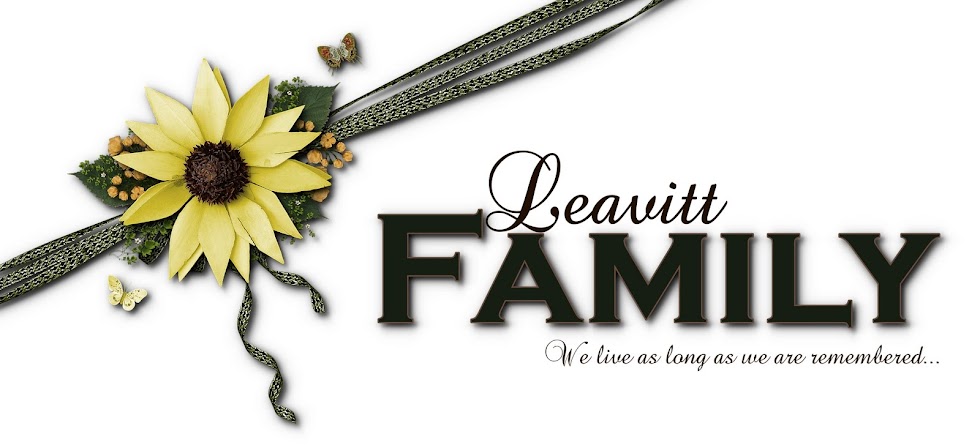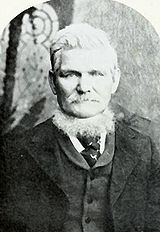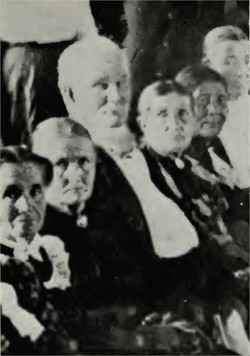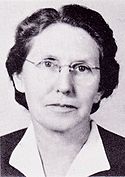Early Life in Canada and Eastern U.S.
Dudley Leavitt was born in 1830 to Jeremiah Leavitt (1796-1846) and Sarah Sturdevant (1797-1878) in Harley, Lower Quebec, Canada. His father’s family was from Rockingham, New Hampshire; his mother, from Plymouth, Massachusetts. They had long been New Englanders before their foray into Canada. In the 1830s, the family heard of Joseph Smith's message of a restored gospel. Dudley and several other family members were baptized in 1838. In the 1840s, they settled in Nauvoo, the central Mormon gathering place in western Illinois.Journeying to Utah
The Mormon prophet was murdered in 1844 and the Leavitts were among those who departed Illinois in 1846 bound for parts west. Leavitt's father died that summer while crossing the Iowa prairie.In 1850, Leavitt and his brothers Lemuel and Thomas settled in Tooele Valley, Tooele County, on the western edge of Great Salt Lake Valley where they became acquainted with Jacob Hamblin.
Indian Interpreter in the Southern Indian Mission
In 1855, the Leavitts joined the Hamblins in migrating to southern Utah. There Leavitt became an Indian missionary/interpreter in the Southern Indian Mission encompassing southern Utah and, later, Arizona and Nevada. In the mid-1850s, the Indian interpreters were headquartered at Fort Clara (modern Santa Clara) on the Santa Clara River in southwestern Utah.
In the Iron Military District: Private Dudley Leavitt, Company H, John D. Lee's 4th Battalion
In summary 1857, Leavitt, 27, was a private in one of the two militia platoons located in Fort Clara. They were attached to Company H headed by Captain Alex Ingram in Fort Harmony. This and another company were in Major John D. Lee's 4th Battalion of the 10th Regiment, or Iron Military District. In August 1857, Jacob Hamblin, the newly appointed president of the Southern Indian Mission selected Leavitt and Samuel Knight as his counselors.In early September -- probably Sunday, September 6 -- Samuel Knight, who had passed the summer with his pregnant wife at Mountain Meadows to avoid the torrid heat of Fort Clara, brought orders to the Indian interpreters at Fort Clara and the Southerners at nearby Washington to muster the militia to Mountain Meadows. On Monday, September 7 (the day of the first ambush on the wagon company at Mountain Meadows), Leavitt, Samuel Knight, Carl Shirts, and other Indian interpreters from Fort Clara and a contingent of Southerners from Washington traveled northward toward Mountain Meadows, meeting John D. Lee that evening some miles below the Meadows.
The next day they moved up to the Meadows and encamped in the "southern" camp, separate from the Cedar City detachment. Leavitt's exact role on the day of the final massacre is not known.
Later Life
Leavitt’s and his family continued on at Fort Clara in 1858. Leavitt and fellow Indian interpreter Ira Hatch made a dangerous journey to the Iyat in Nevada in 1857-58. In early 1858, Leavitt accompanied Jacob Hamblin on the reconnaissance of Nevada during the Utah War. In fall 1858, he traveled with Hamblin on the first of Hamblin's many trips to the Hopi Mesas in eastern Arizona.After the Great Flood of 1862, Leavitt and others Indian interpreters assisted the new Swiss emigrants in Santa Clara. In 1853, Leavitt had married Mary Huntsman (1836-1922) and in 1855, he married her sister Mariah (1841-1922). In 1859, he married Thirza Hale Riding (1843-1927). The next year, at the urging of George A. Smith, Leavitt married an Indian girl named Janet (Jeanette) Smith (1845-1911) who later bore him eleven children. (Dudley Leavitt was the only man she could be convinced to marry, she is reported to have said.) Leavitt's final marriage was to a widow, Martha Hughes Pulsipher (1843-1907) in 1872. All together his wives bore him more than forty-five children.
Leavitt became presiding elder at Hebron in 1868 or 1869. While in Gunlock, for lack of money, Leavitt was forced to withdraw his eighteen children from school. In the late 1880s, Leavitt like most polygamists hid from federal marshals during the period of the Raid.
Final Years
In his final years, Leavitt and his families lived in Bunkerville in southern Nevada. He died in 1908, survived by four of his wives and his many descendants.His Granddaughter, Juanita Brooks, as Historian of the Massacre
In 1919, Juanita Brooks, Leavitt's granddaughter, witnessed the tortured scene at the deathbed of Leavitt's longtime acquaintance, Nephi Johnson. Like Dudley Leavitt, Johnson had been involved as a young man in the 1857 massacre. Its memory still haunted him more than a half century later.Piqued by this experience, Juanita Brooks eventually revealed the story of the massacre in her monumental work, The Mountain Meadows Massacre, published in 1950. It had never been out of print. Later historians may have uncovered new source material, but Brooks's history is still a valuable contribution to our understanding of the massacre.





No comments:
Post a Comment